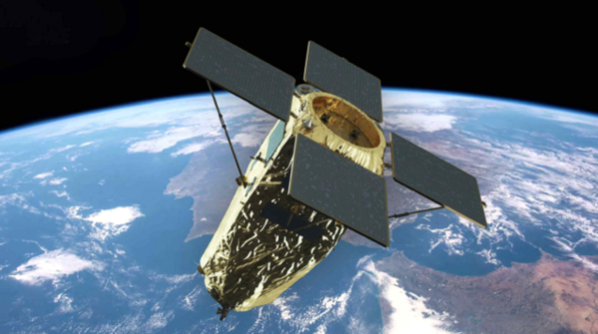Input 2021.03.22 19:03
Platform technology introduction, satellite development cost 300 billion → 160 billion → 86 billion

Vehicle No. 1 is the first domestic satellite made through a standardized body manufacturing process (platform). With the success of the launch on this day, the satellite mass production system led by private companies will be fully operational. In the future, companies will be able to develop new satellites inexpensively and quickly by assembling and developing new payloads for each purpose using this platform.
The development cost of the vehicle 1 is about 160 billion won, which is half of the existing satellite (about 300 billion won). The second, which will be launched in the first half of next year, only invested 86 billion won, which is half the amount. The development period has also been shortened from the previous average of 7 years to 5 years for the 1st car and 3 years for the 2nd car. The satellite series is expected to be developed up to 5 by 2025, led by private companies.
The first car was launched on the Russian launch vehicle (rocket) Soyuz 2.1a at the Baikonur Space Center in Kazakhstan on the same day. It was separated from the rocket in the air 1 hour and 4 minutes after launch. After another 38 minutes, it was confirmed that it was the first to communicate with the ground station of Svalbard, Norway, and that it was safely settled in orbit.
Another 54 minutes later, at 5:43 pm, through a communication with the Antarctic Troll Ground Station, it was also confirmed that the solar panel that will power the satellite has been properly opened. Hang Woo-yeon said that this allowed the vehicle to be launched successfully and perform the mission.
After a 6-month pilot operation at 497.8 km, the vehicle will begin its observation mission in earnest for land and resource management and disaster response from October.
